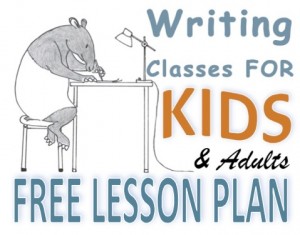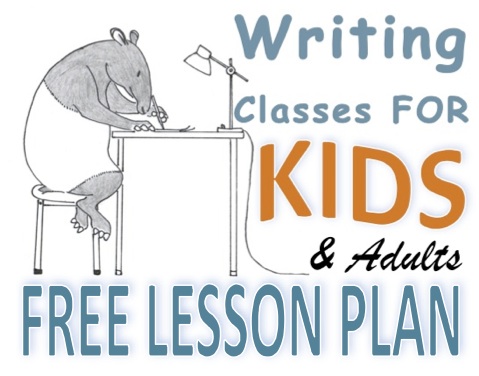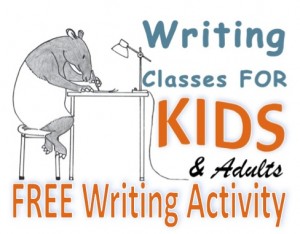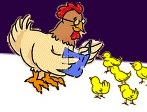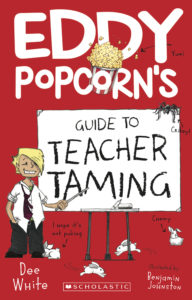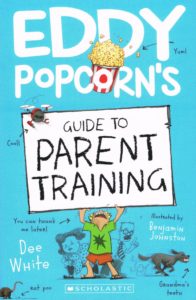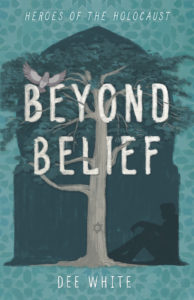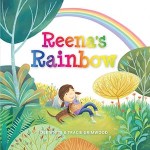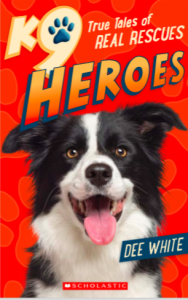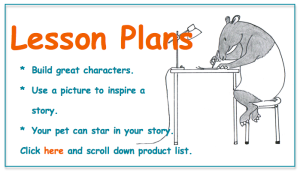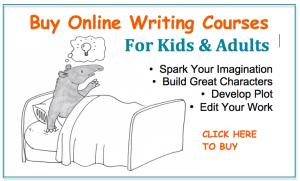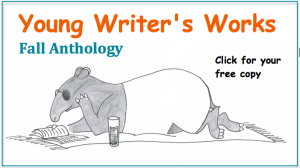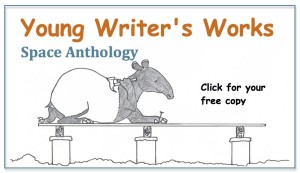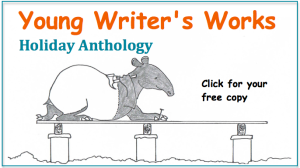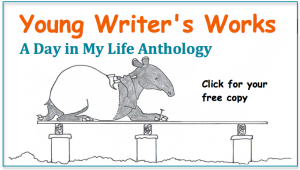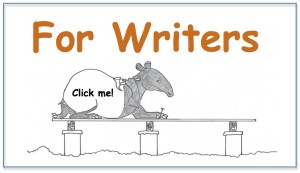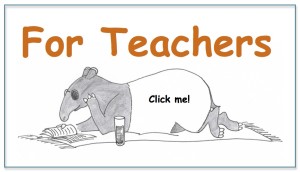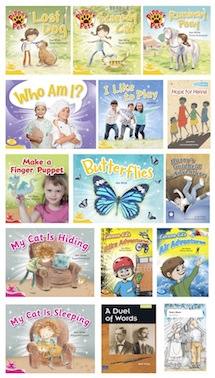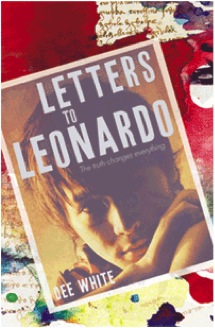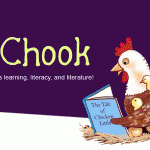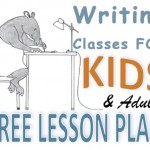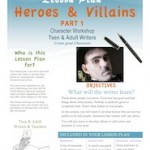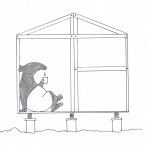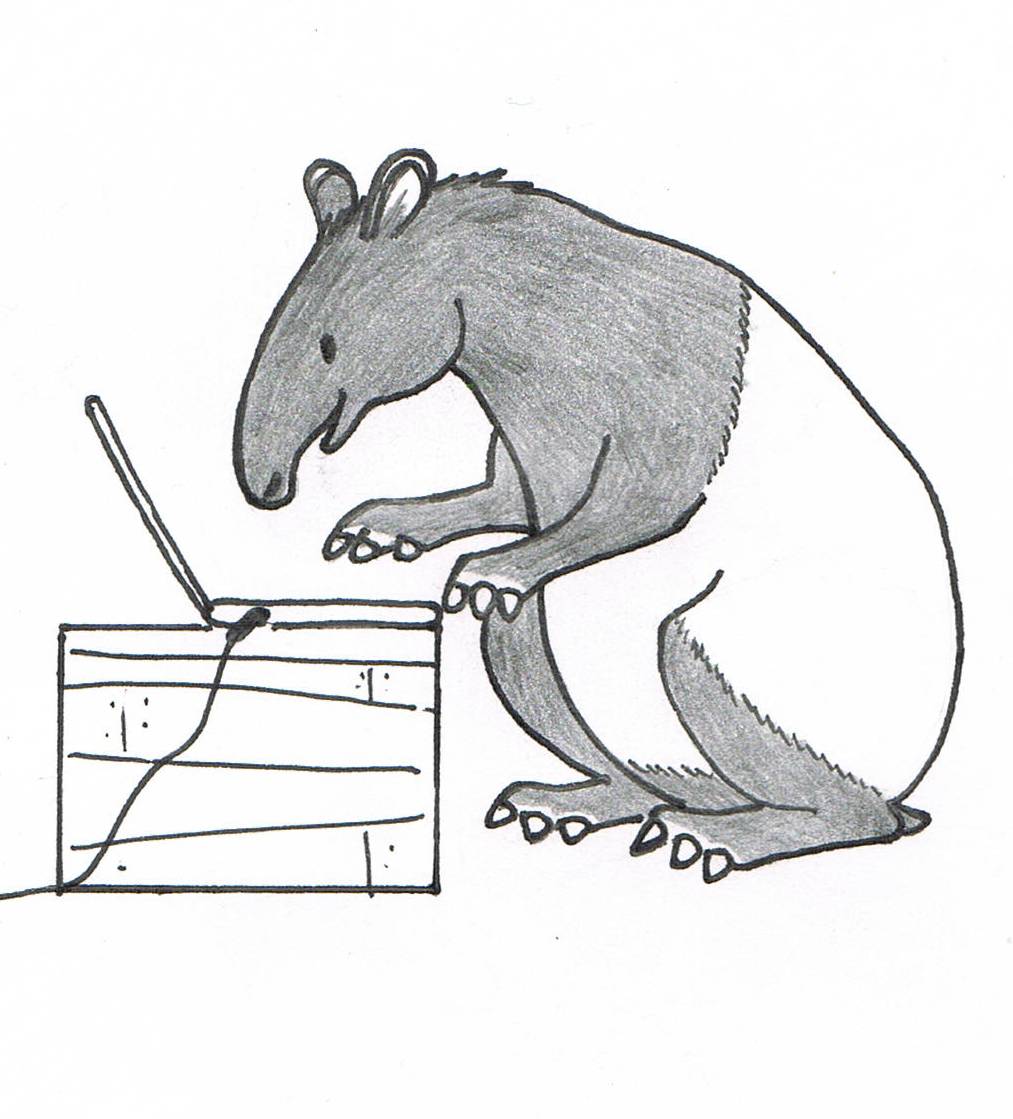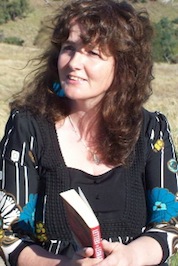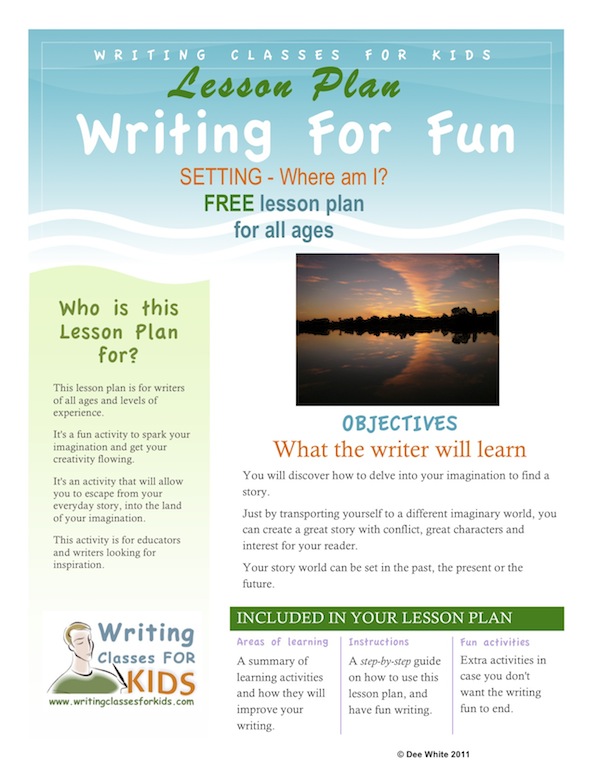 The setting of your story is where it takes place. It’s the world of your story…and it can be wherever you want it to be.
The setting of your story is where it takes place. It’s the world of your story…and it can be wherever you want it to be.
That’s one of the fun things about being a writer. You can set your story in a favourite place, a modern setting or a world created completely from your imagination.
Setting is important in a story because it draws the reader into your character’s world. Setting can also be like another character in your story, it can make things happen. For example, in a fantasy world where a forest comes to life, or in the real world where character could be fighting to survive in the outdoors (like Gary Paulsen’s fabulous book, Hatchet)
When you are creating a world for your story (a setting), these are the kind of things you will need to think about:
- What does your world, look, feel and smell like?
- How does your world work? What sort of systems of government, schools and workplaces are there in your world?
- How does your social network operate? Is there technology? Are there computers? Or do you communicate with your friends some other way?
- What do you do for entertainment in your story world?
- What are the beliefs and values in this world?
- What is the everyday lifestyle of the people in this world? Do they farm? Are they at war? Is it more of a futuristic world?
- Who else lives in this world? What sort of creatures and lifeforms are there?

